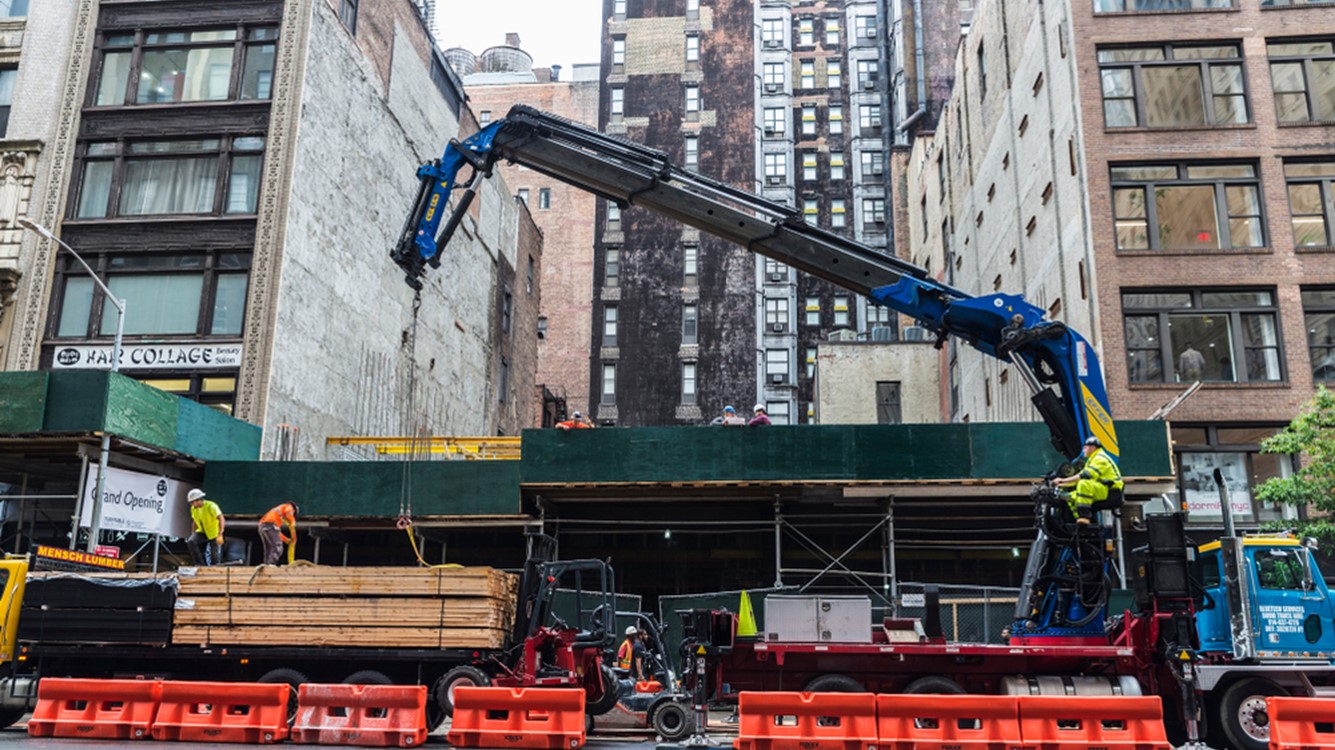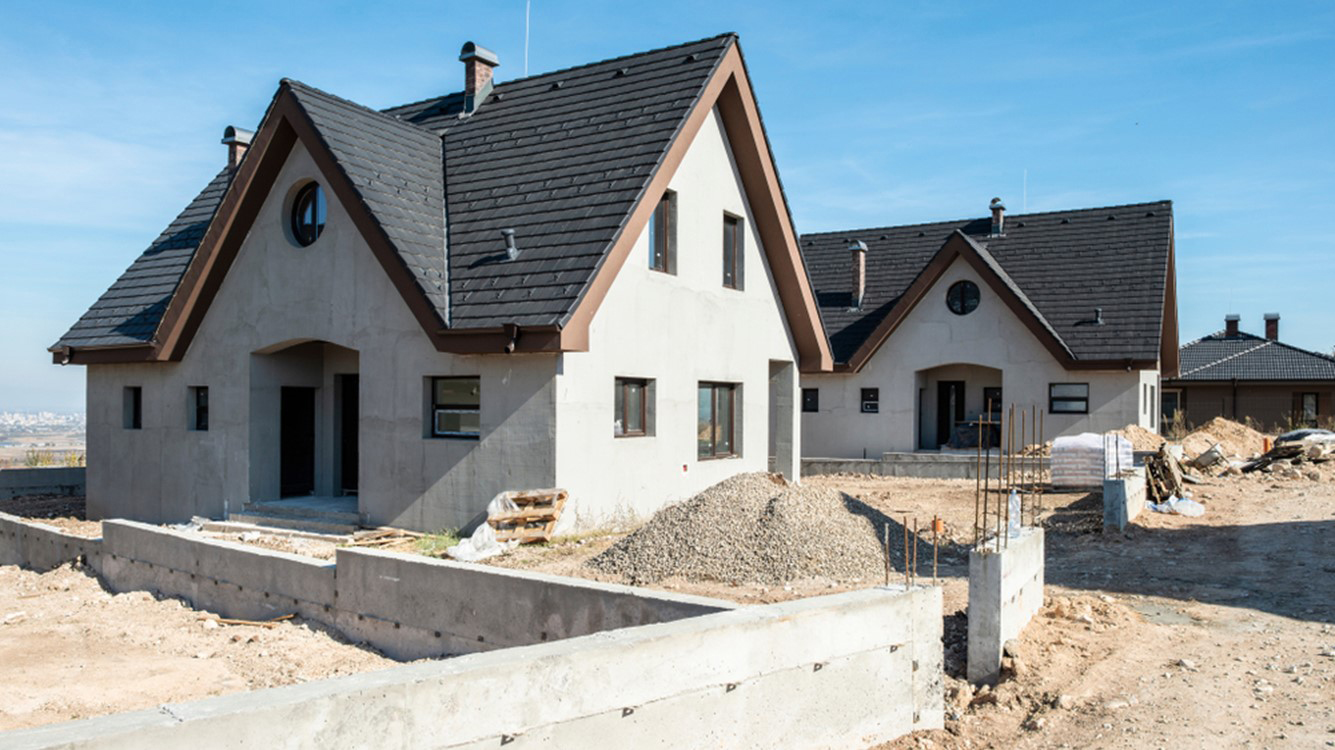Construction spending chalked up gains in October
The strength came from single-family home construction

December 1, 2023
Spending on construction activity grew 0.6% in October, surpassing expectations, after September spending was revised higher. Spending jumped 10.7% compared to a year ago. The data are not adjusted for inflation.
The producer price index (PPI) for inputs to construction industries is down 0.3% compared to last year; the largest drop in prices came from the energy sector. Supply chain issues have for the most part been resolved; however, electrical components remain in short supply and are showing price increases. Investment in generative artificial intelligence (GenAI) is providing a boost to data center demand, which will keep prices for necessary construction materials higher.
Private residential construction popped 1.2% in October. The strength came from single-family home construction, which has been ramping up in the face of short housing supply in the resale market. Multifamily construction spending fell in the month. About a million apartments are slated to come on line this year and next. Building permits for single-family homes signal that more activity is expected next year, while applications for permits to build multifamily units have been declining.
Private nonresidential construction eked out a 0.1% gain in October on stronger power and manufacturing infrastructure construction. Federal infrastructure investment incentives are fueling a boom in private spending; however, labor remains in short supply as builders compete for workers across all types of projects. Manufacturing construction spending is 71.6% higher than a year ago and 221% higher since November 2021, when the Infrastructure Investment and Jobs Act was passed; computer and electronic manufacturing construction is up 534% over that same period.
Public construction spending rose 0.2% in October; most of the spending occurs at the state and local levels, which was flat on the month. Federal spending jumped 2.2% in the month. Power, transportation, sewage and conservation projects saw large spending increases.
The expected cuts in interest rates by the Federal Reserve by mid-2024 will provide a boost to demand for housing.
Yelena Maleyev, KPMG Senior Economist
Bottom Line
Builders remain busy with new residential and infrastructure projects into the end of the year. Tightening of credit conditions for the smaller players, along with labor shortages across the board, will cool some of the momentum in 2024. Additionally, federal funding for construction will be slow to be spent, as sourcing and environmental regulations placed on the funds raise hurdles to builders trying to ramp up. The expected cuts in interest rates by the Federal Reserve by mid-2024 will provide a boost to demand for housing.
Explore more

Uneven construction in September
As mortgage rates climbed toward 8% at the end of October, builders offered about two percentage points.

KPMG Economics
A source for unbiased economic intelligence to help improve strategic decision-making.

Mixed forecast for housing starts
Signs of cooling inflation could stimulate demand.
Subscribe to insights from KPMG Economics
KPMG Economics distributes a wide selection of insight and analysis to help businesses make informed decisions.
Meet our team

